March 19, 2024, by Chloe
A Peek Behind the Iron Curtain
This is a guest post by Samantha Brinded, a volunteer at Manuscripts and Special Collections.
Several months ago, upon expressing my interest in volunteering for the archives, I received an email inviting me to contribute to a project involving the School of Geography. The task would involve collating metadata for hundreds of slides, and subsequently digitising them. The goal was to make these images readily accessible for future study. Notably, the slides were a generous gift from the former University of Nottingham Professor, Dick Osborne.
Born in Derbyshire in 1925, Professor Richard (Dick) Horsley Osborne passed away at the age of 93 in 2018. Having graduated from UoN in 1950, he eventually returned to serve as the Head of the Geography Department. Among his many enduring contributions are a Research Fellowship, generous donations to other institutions, and an extensive collection of slides meticulously documenting his research expeditions across Eastern Europe during the mid-twentieth century.
He traveled for a variety of reasons. While some trips were solely personal, many were part of official events aimed at building connections between British geographers and colleagues in other countries, such as Poland. His proficiency as a speaker of Esperanto further enhanced these connections. In an interview for Professor Matless’ 2008 article Geographically Touring the Eastern Bloc, Osborne remembered travelling with the British company Progressive Tours, where he met fellow tourists in Montenegro, before flying to Albania:
‘The doors opened and there was an Albanian soldier with a rifle slung, and he said, welcome to Albania. Funny little miniature airport surrounded by fields of sunflowers, and we stayed in Tirana and two other centres, we were taken around by coach, which I enjoyed, and I was allowed to take photographs.’
I can admit that initially, I was more excited about the chance to learn a new skill than the contents of the slides themselves, but the more I looked through, the more I understood their potential. My own background is that of a social historian (a bias which is probably highlighted in my selection of photos) and many of the images contain people going about their daily lives, whether on holiday, walking to the shop or posing for a photo outside of their house. While waiting for a selection of slides to scan, I’d often end up on my own little google-led adventure, searching places I’d never heard of, historical landmarks and (mostly) geographical terminology.
Another potential use of these slides could be taken as the perspective of a very specific British geographer, visiting a particular country at a particular time. The Professor’s geographical background certainly is very apparent. A large percentage of the images heavily featured maps, mountains and general landscapes (I quickly gave up thinking of different ways to describe ‘field’) and a comparison to how these landscapes and lives have changed would make for an interesting study.
This project provided me with a glimpse into the world of digitisation and also a glimpse into the world itself, through the lens of Professor Osborne. This aspect has made the project worthwhile for me, and I’m looking forward to discovering more about how these slides will continue to make a difference in the next stage of their journey.
Thank you to Professor Matless for sharing some insight into Professor Osborne and a specifically special thank you goes to Mark and Catherine in the digital department for the opportunity and their time and effort.
If you’re interested in viewing these slides, or ay other items from our extensive Travel Collection, you can visit the Manuscripts and Special Collections Reading Room. To find out more, or to book an appointment today, please contact us at mss-library@nottingham.ac.uk.
No comments yet, fill out a comment to be the first

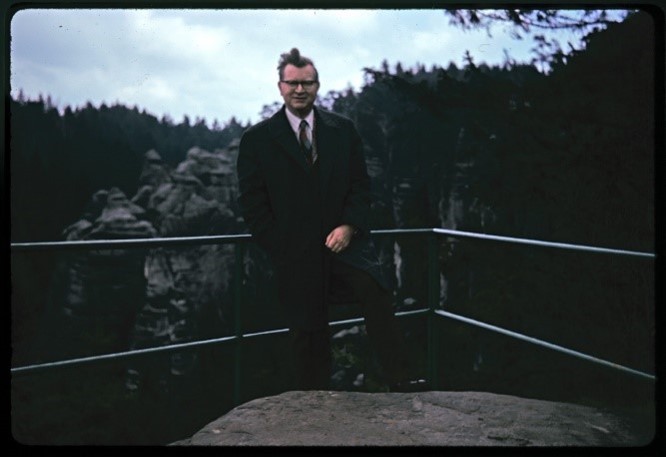
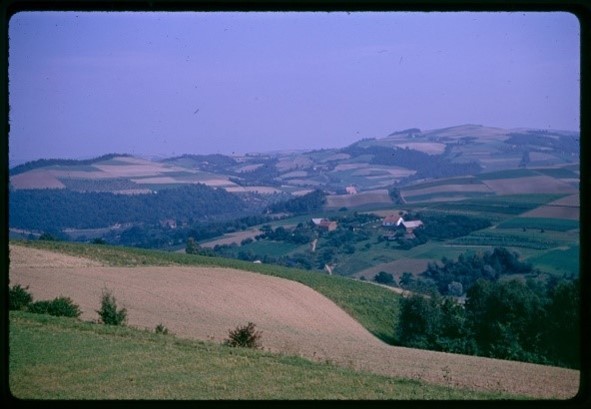
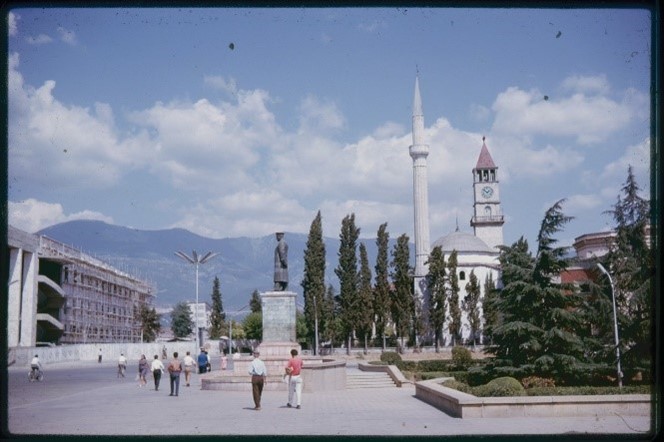
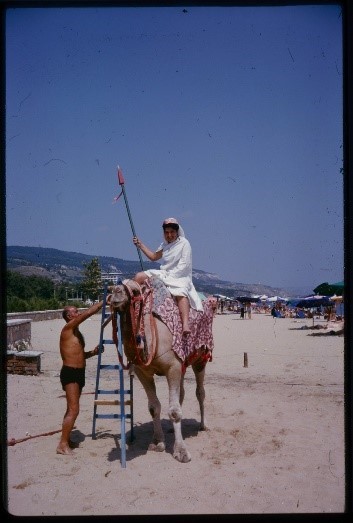
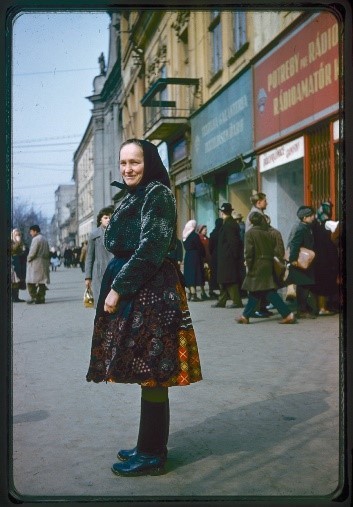
Leave a Reply